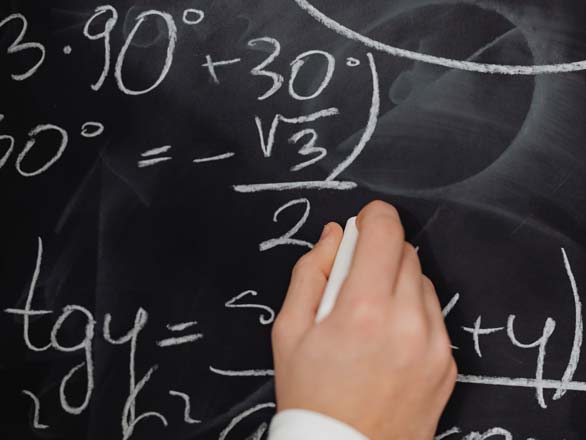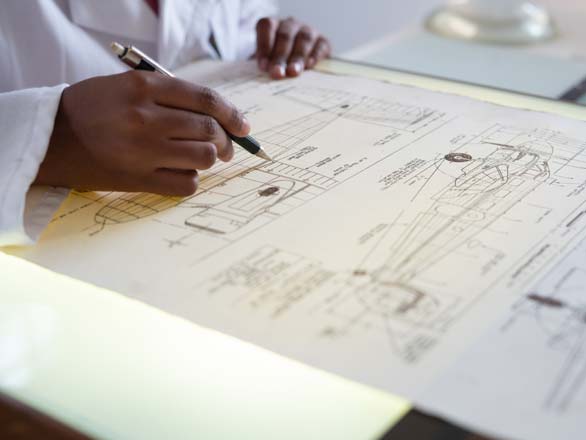Focused areas of research and sub-disciplines
Learn about the various research topics explored in the Department of Mathematics and Statistics.
The department has strong research groups in several areas of pure mathematics including analysis, topology, number theory and algebra.
Sub-research categories
- Operator algebras
- Topology
- Number theory
- Algebra
- Matrix analysis
The applied mathematician conducts research in partnership with the fields of medicine, engineering, finance, industry and more with the goal of solving a specific problem in the real world. Pure mathematics often bleeds over into the application side of things—the fields are not siloed from one another.
Sub-research categories
- Game theory and operations research
- Applied mathematics, varied applications
- Advanced computational methods
Statistics is the study of the collection, organization, analysis, interpretation, and presentation of data. It deals with all aspects of this, including the planning of data collection in terms of the design of surveys and experiments.
Sub-research categories
- The science of data collection and analysis
"Pure mathematics is, in its way, the poetry of logical ideas."
Albert Einstein

"There is no branch of mathematics, however abstract, which may not someday be applied to phenomena of the real world."
Nikolai Lobachevsky

"Prediction is very difficult, especially about the future."
Niels Bohr
